Mike O'Connor
DeLTA: GPU Performance Model for Deep Learning Applications with In-depth Memory System Traffic Analysis
Apr 02, 2019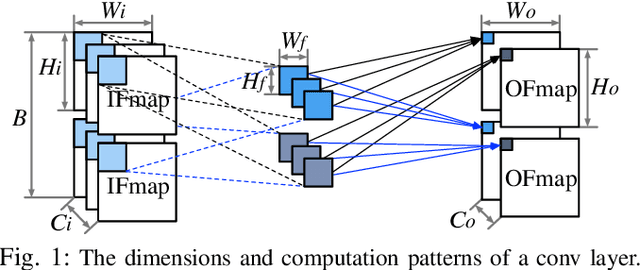
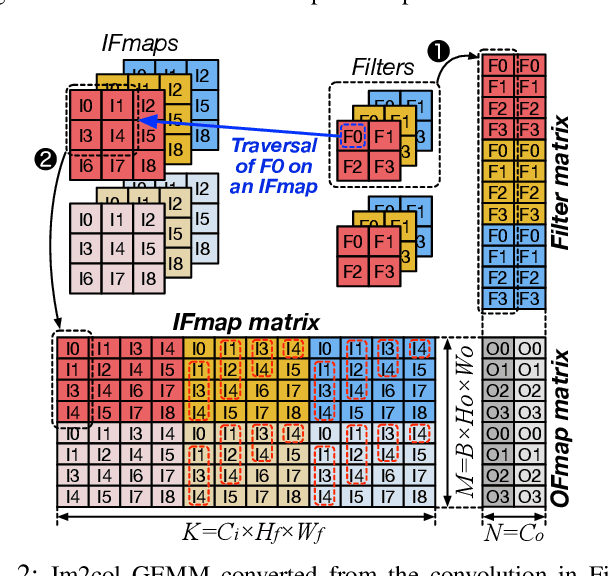
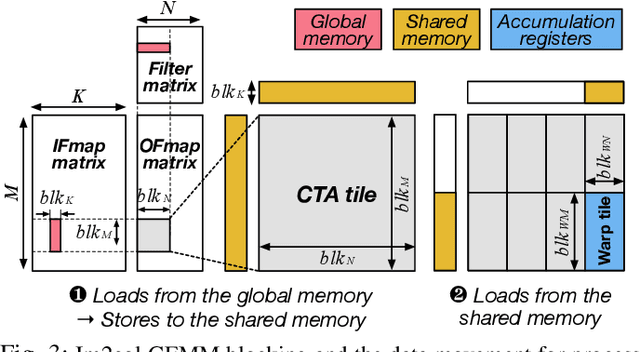
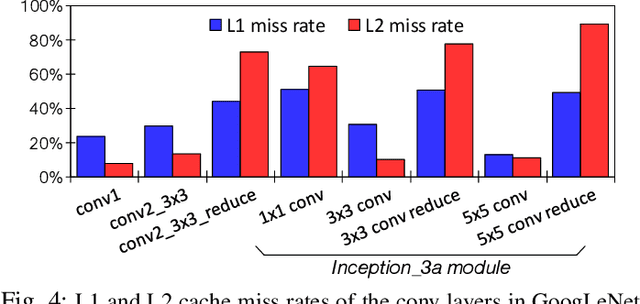
Abstract:Training convolutional neural networks (CNNs) requires intense compute throughput and high memory bandwidth. Especially, convolution layers account for the majority of the execution time of CNN training, and GPUs are commonly used to accelerate these layer workloads. GPU design optimization for efficient CNN training acceleration requires the accurate modeling of how their performance improves when computing and memory resources are increased. We present DeLTA, the first analytical model that accurately estimates the traffic at each GPU memory hierarchy level, while accounting for the complex reuse patterns of a parallel convolution algorithm. We demonstrate that our model is both accurate and robust for different CNNs and GPU architectures. We then show how this model can be used to carefully balance the scaling of different GPU resources for efficient CNN performance improvement.
Compressing DMA Engine: Leveraging Activation Sparsity for Training Deep Neural Networks
May 03, 2017
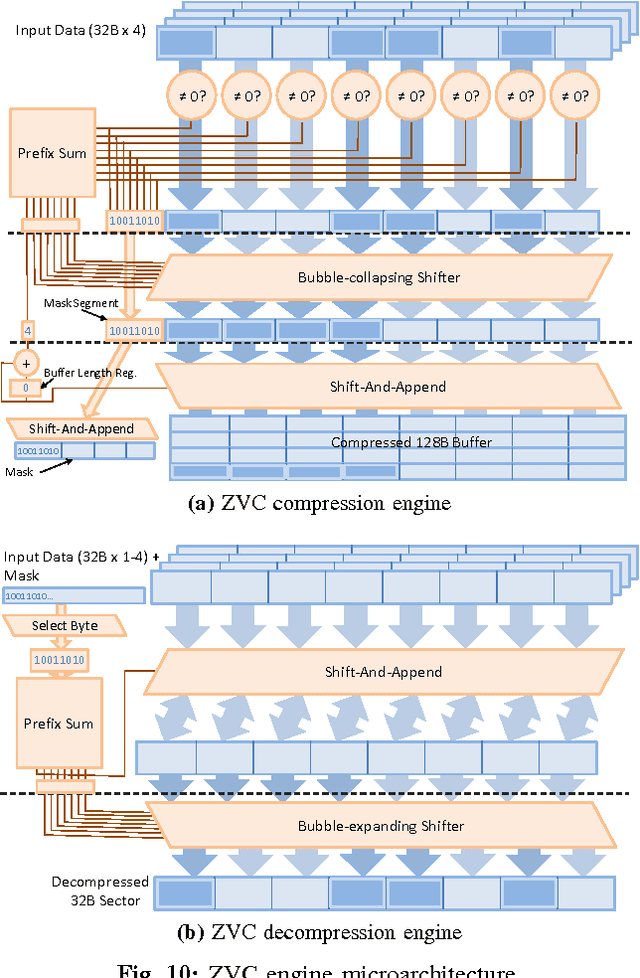


Abstract:Popular deep learning frameworks require users to fine-tune their memory usage so that the training data of a deep neural network (DNN) fits within the GPU physical memory. Prior work tries to address this restriction by virtualizing the memory usage of DNNs, enabling both CPU and GPU memory to be utilized for memory allocations. Despite its merits, virtualizing memory can incur significant performance overheads when the time needed to copy data back and forth from CPU memory is higher than the latency to perform the computations required for DNN forward and backward propagation. We introduce a high-performance virtualization strategy based on a "compressing DMA engine" (cDMA) that drastically reduces the size of the data structures that are targeted for CPU-side allocations. The cDMA engine offers an average 2.6x (maximum 13.8x) compression ratio by exploiting the sparsity inherent in offloaded data, improving the performance of virtualized DNNs by an average 32% (maximum 61%).
 Add to Chrome
Add to Chrome Add to Firefox
Add to Firefox Add to Edge
Add to Edge